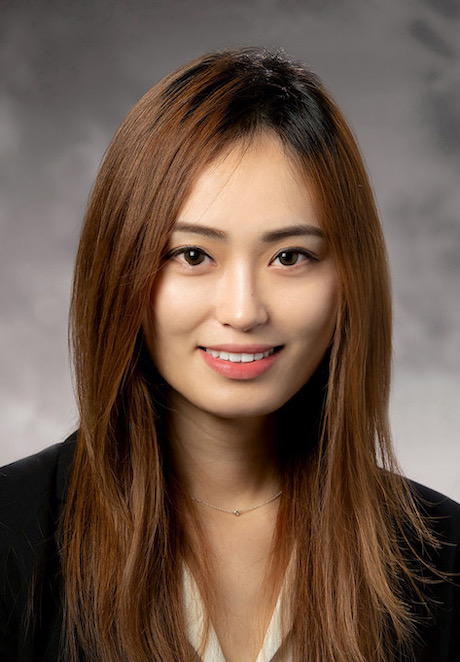Intelligent CT Reconstruction with Simultaneous Learning of Reconstruction Policy and Image Quality Assessment Using Quality-Guided Deep Reinforcement Learning
Y Gao*, C Shen, M Tsai, Y Gonzalez, L Chen, X Jia, The University of Texas Southwestern Medical Center, Dallas, TX
Presentations
SU-IePD-TRACK 3-3 (Sunday, 7/25/2021) 5:30 PM - 6:00 PM [Eastern Time (GMT-4)]
Purpose: Although iterative CT reconstruction methods can generate high-quality images by solving an optimization problem, it faces two challenges: to adjust regularization parameters to produce desired results and to define a proper image quality metric to guide regularization parameter adjustment. This study aims to employ a quality-guided deep reinforcement learning (QgDRL) framework to solve the two problems simultaneously.
Methods: A parameter-tuning policy network (PTPN) and a quality assessment network (QAN) are constructed and jointly trained under a QgDRL framework. PTPN is trained to learn how to adjust regularization parameters for input image patches to improve reconstructed image quality via an end-to-end reinforcement learning process using an epsilon-greedy algorithm with experience replay. Intermediate results generated in the reconstruction process are stored to train QAN, which is trained to differentiate high-quality true CT image patches and low- quality generated intermediate image patches, as measured by a probability score for the input patch to be of high quality. The probability in turn serves as a reward function to guide the reinforcement learning process of PTPN training. We implemented the system in a problem of iterative CT reconstruction with pixel-wise total-variation regularization.
Results: The effectiveness of QAN is demonstrated by being able to assign higher probability scores to patches of visually better quality. The trained PTPN can automatically decide regularization parameter adjustments in the reconstruction process to improve the resulting image quality. Relative errors of images with respect to the ground truth images reconstructed using a fixed regularization parameter, using the best PTPN-adjusted parameters, and using the best manually adjusted parameters are 19.6%, 9.1%, 9.5%, respectively.
Conclusion: The QgDRL framework can simultaneously and spontaneously learn the policy on regularization parameter adjustment and image quality assessment in the iterative CT reconstruction problem.
ePosters
Keywords
Taxonomy
Contact Email



